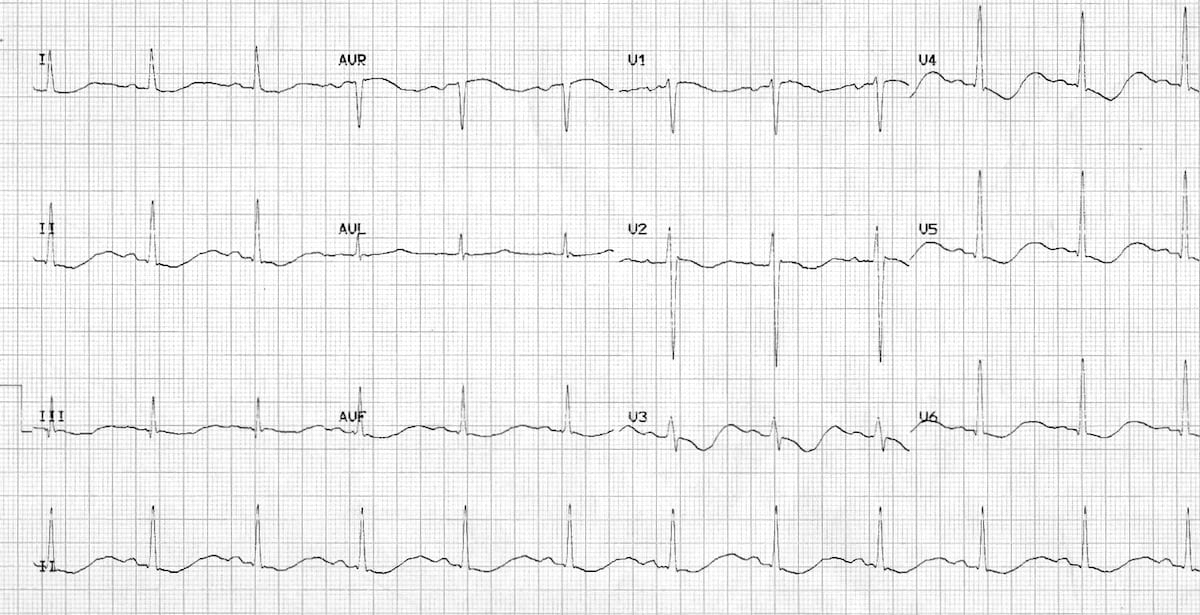
Symptoms usually develop at higher levels, 6.5 mEq/L to 7 mEq/L, but the rate of change is more important than the numerical value. While mild hyperkalemia is usually asymptomatic, high potassium levels may cause life-threatening cardiac arrhythmias, muscle weakness, or paralysis. Hyperkalemia is defined as a serum or plasma potassium level above the upper limits of normal, usually greater than 5.0 mEq/L to 5.5 mEq/L. Outline the importance of improving care coordination among interprofessional team members to improve outcomes for patients affected by hyperkalemia.Summarize the treatment options and order of treatment for hyperkalemia.



Patients with chronic hyperkalemia may be asymptomatic at increased levels, while patients with dramatic, acute potassium shifts may develop severe symptoms at lower ones. Symptoms usually develop at higher levels, 6.5 mEq/L to 7 mEq/L, but the rate of change is more important than the numerical value. Hyperkalemia is defined as a serum or plasma potassium level above the upper limits of normal, usually greater than 5.0 mEq/L to 5.5 mEq/L.


 0 kommentar(er)
0 kommentar(er)
